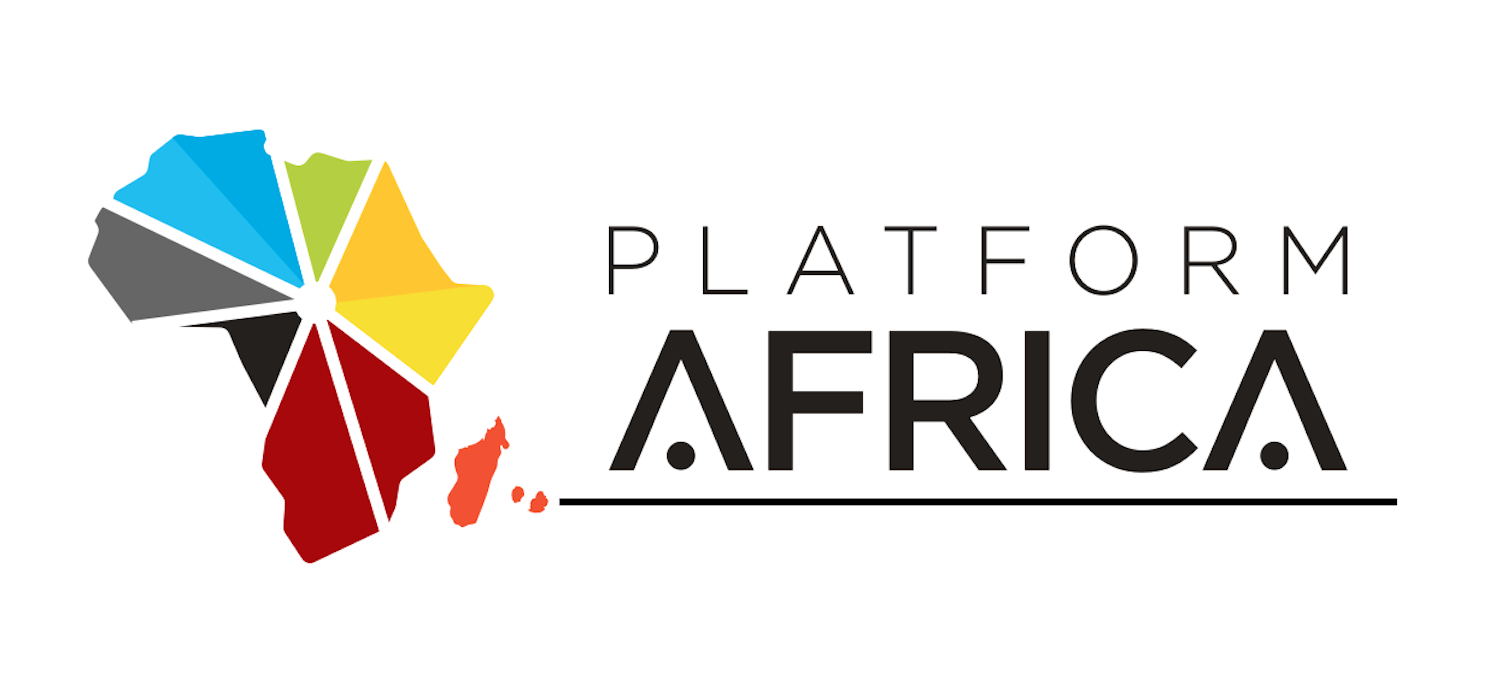By Harsheenee Aujayeb, General Manager, ESG Intellis Solutions
With the increasing complexity of the ESG reporting landscape, companies are not sure where to begin, which standards to adopt and how to report on their ESG performance.
On one hand, the IFRS Sustainability Standards have integrated the Task-Force on Climate-Related Financial Disclosures (TCFD), Climate Disclosure Standards, the Sustainability Accounting Standards Board (SASB) and the Integrated Reporting (IR) principles. On the other hand, the European Sustainability Reporting Standards (ESRS) have been heavily influenced by the Global Reporting Initiative (GRI). And to top it all, the GRI is still a standalone framework on its own!
To add to the confusion, there are various differences among these diverse frameworks in terms of the target audience, requirements for third party verification and types of disclosures. Feels like a recipe for disaster? Don’t worry! We are here to help you explore the secret ingredients to prepare a successful ESG report.
The main course: Simple guidelines for a robust ESG report
To get the main course, or the ESG report, right, companies must focus on following a few simple guidelines while preparing the same.
Let’s go through the key ingredients to set the stage for the ESG report to shine:
Secret ingredient #1: Focus on your material issues and adapt to your specific context
For both the financial materiality approach and the double materiality approach, make sure you are adapting to your context. Standards, for example, the SASB, may provide you with sector specific disclosures, but you operate in a unique environment and must always take that into account. For instance, Corporate Social Responsibility (CSR) may not be a financially material issue for your industry but because Section 50L of the Income Tax Act 1005 mandates that you must have a CSR Fund, this is indeed a material issue for you.
Secret Ingredient #2: Have targets to track your progress
Have targets that are anchored in a scientific methodology with a well-thought-out strategy on how to achieve these targets. This will allow your stakeholders to understand your performance more clearly as well as better appreciate how you want to get there.
Secret Ingredient #3: Keep your disclosures simple and consistent
Ensure that you do not overcomplicate disclosures. Be clear and precise in your disclosures. Do not use industry jargon. Remember that an ESG report is for all your stakeholders and not just your industry.
Secret Ingredient #4: Explain the trends in KPIs
Concise explanations help demonstrate the effectiveness of your strategy or alert you if it is not up to par! Trends allow you to readjust your strategy so you can meet your targets. It shows that you are proactive in your ESG strategy.
Secret Ingredient #5: Have third party verifications
This gives credibility to your ESG report and instils confidence in your ESG performance among your stakeholders.
The secret sauce: An efficient monitoring system to lay the foundation for your ESG report
What is a great meal without the perfect sauce, right? The secret sauce that gets your main meal, or the ESG report, set up for success, is your monitoring system.
At the outset, a strong monitoring system will allow you to be more efficient in your ESG report. Let us now go through the key ingredients to get that monitoring system set up right:
Secret ingredient #1: Define your KPIs (link to material issues)
Once you have defined your KPIs and linked them to material issues specific to your operating environment, you can choose your framework and then adapt it accordingly in terms of disclosures. Ensure that your disclosures and your targets are closely linked.
Secret Ingredient #2: Define who is/are responsible for data collection and formalise it
Data is collected by individuals or system. If it is not automated, make sure you have a person responsible for collecting the data. This must also be formalised through a proper process / policy and made a part and parcel of their responsibilities.
Secret Ingredient #3: Conducting data consolidation and quality control
Have a single point of contact who is responsible for data consolidation and ensuring the quality of both the data collected and the associated processes to collect and consolidate such data.
Secret Ingredient #4: Regularly training the staff responsible for data collection
Try to automate the training exercise as far as you can. You may use an excel or you may turn to a dedicated software. Irrespective of the method used, the people responsible for data collection should be trained regularly.
Secret Ingredient #5: Ensuring board oversight
Last but not the least, make board reporting an integral part of your governance structure. The moment it becomes a board matter, people will automatically take it more seriously. Boards can also be kept abreast of any new developments or adjustments required in your ESG strategy.
ESG Reporting and Monitoring: Crafting the perfect main course with an irresistible sauce
The bottom-line remains that ESG reporting does not need to be complicated.
No matter which standards you choose, your strategy and systems will drive your report. If you focus on having a strong strategy and robust reporting systems, an efficient report will automatically follow.




